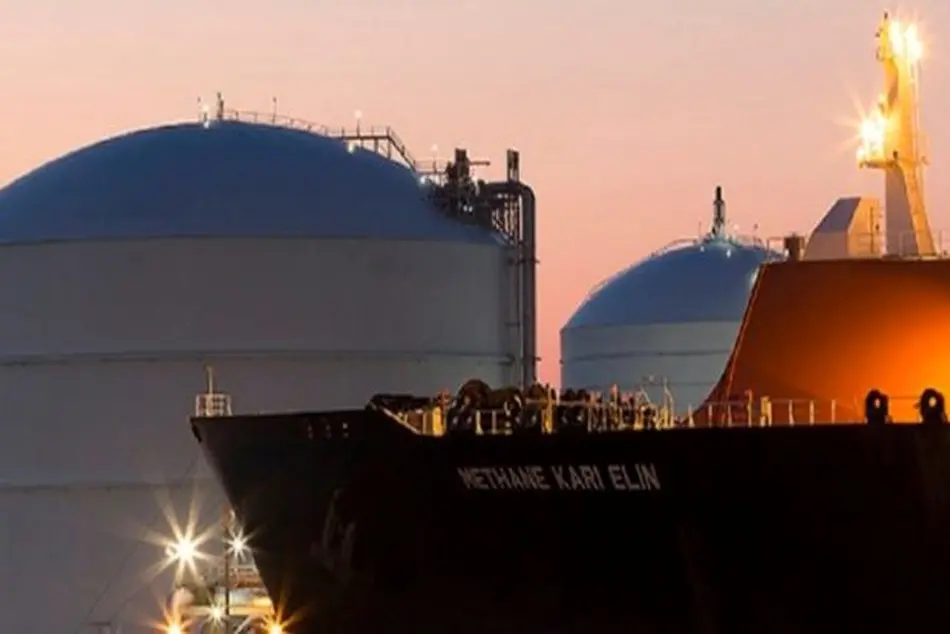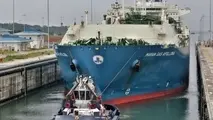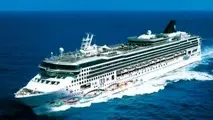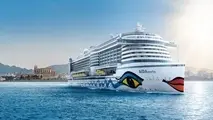How SEA\LNG works towards widespread adoption of LNG

TIN news: Steve Esau, General Manager, SEA\LNG, explains what the GREEN4SEA Initiative Award means for the coalition. The SEA\LNG coalition was the winner of the award this year for its efforts to facilitate the widespread use of LNG as a marine fuel for environmental compliance. The coalition promotes this alternative fuel as the best option for ‘cleaner shipping’.
GREEN4SEA: SEA\LNG received the GREEN4SEA Initiative Award for bringing together industry’s key players with the aim to break down the commercial obstacles and transform the localized use of LNG as a marine fuel into a global reality. What does this milestone mean to your organization?
Steve Esau: The SEA\LNG coalition was launched only 10 months ago with a mission to accelerate the widespread adoption of liquefied natural gas (LNG) as a marine fuel for cleaner maritime shipping, so it’s humbling to see that the efforts being recognised.
Our efforts are driven by our ambitious membership, which includes key players from across the shipping supply chain, including shipping companies, classification societies, ports, major LNG suppliers, downstream companies, infrastructure providers and OEMs. SEA/LNG members recognise that by pooling knowledge and working together, we can help drive the change needed across the marine transportation system.
G4S: How shipping may encourage innovative solutions for further acceptance of LNG as a marine fuel? What actions would you recommend?
St.E.: Players from across the marine value chain need to find ways of collaborating to create a framework for innovation in technology, regulation and business model, as well as a platform for quickly scaling the best ideas. SEA\LNG aims to do precisely this.
G4S: How would you describe the demand for LNG at the moment and what is needed to promote its widespread implementation as a marine fuel?
St.E.: Demand for LNG as a marine fuel is growing steadily, particularly in the cruise and tanker / bulk liquids sector. There are now 102 LNG-fueled vessels in operation, up by 36% since the beginning of 2016 and there are a further 108 vessels on the confirmed order book. Our view is that growth in LNG-fueled vessels will accelerate as the shipping industry recognises LNG as the best solution to comply with the IMO’s 2020 sulphur cap.
What needs to happen for widespread implementation of LNG as a marine fuel, and what SEA\LNG is seeking to do, is to create confidence between each link in the maritime value chain, helping:
- Shipping companies to understand the demand from the shippers and their customers;
- LNG suppliers to see growing demand from shipping companies;
- Shipping companies to have confidence that the LNG supply and bunkering infrastructure will be available;
- OEMs (original equipment manufacturers) and shipyards to have the confidence to make investments to drive down conversion and new build costs;
- Regulators, to have a better understanding of commercial drivers and the need to co-ordinate with and learn from each other;
- Port authorities to have the support of local communities; and
- Investors to have the confidence to allocate capital to LNG shipping and the related infrastructure.
G4S: Do you have any new projects on the pipeline and/or plans that you would like to share with the rest of the industry?
St.E.: LNG as a marine fuel suffers from a lack of understanding from industry, investors, ports and local communities. Negative perceptions, or ‘myths’ also exist relating to issues such as safety, emissions and economics.
To counter this SEA\LNG is in the process of developing ‘proof points’ for LNG – an objective fact base, validated by credible academics, which sets out the case for LNG as a marine fuel. In 2017 we will be producing and communicating proof points on the emissions case, the economics case and development in LNG bunkering and associated infrastructure.
G4S: What is your key message to the industry stakeholders with respect to the use of LNG as a marine fuel?
St.E.: LNG far out-performs conventional marine fuels on a local emissions basis, effectively insulating companies from the impact of future, more demanding, regulation. LNG emits zero SOx and virtually zero particulate matter. Compared to existing heavy marine fuel oils, LNG can, depending on the technology used, emit 90% fewer NOx emissions.
LNG’s greenhouse gas (GHG) performance represents a major step forward when compared with traditional marine fuels. Utilising best practices and appropriate technologies to minimise methane leakage, realistic reductions of GHG by 10-20% are achievable, with a potential for up to 25% compared with conventional oil-based fuels.
LNG’s use as a marine fuel is happening now – it is economically viable and it is safe. LNG is widely available, bunkering is available in 53 different global locations, with bunkering facilities planned for a further 36 ports.
The views presented hereabove are only those of the author and not necessarily those of GREEN4SEA and are for information sharing and discussion purposes only.
Steve Esau, General Manager, SEA\LNG
Steve is General Manager at SEA\LNG. Before taking up his position at SEA\LNG Steve was Head of Energy at Xyntéo. He began his career as a Geophysicist in BP, subsequently working in a variety of business development, strategy and analysis roles in the company’s gas, power & renewables and energy trading businesses. Steve has also worked in the City of London, for a commodity futures market, leading the development of financial instruments for the energy sector and for management consultants Pöyry Energy and Caminus Energy, where he specialised in providing advice on Carbon Capture and Storage (CCS); gas and power market policy; and commodity trading and risk management.



